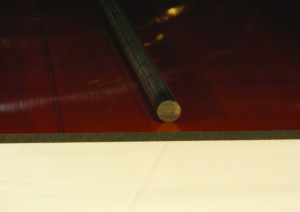PEI (Polyetherimide) is an amorphous engineering thermoplastic offering exceptional mechanical, thermal and electrical properties. It can be easily machined with conventional metalworking tools, and can be painted, hot stamped, printed or metallized.
Benefits of PEI (Polyetherimide, ULTEM™)
Excellent dimensional stability
Good UV and hydrolysis resistance
Transparent to visible infrared and microwave radiation
Inherent flame retardancy
Technical Resources
- PVC vs CPVC: Which Is Better?
- Polypropylene vs. Polyethylene: How Do They Differ?
- Thermosets vs Thermoplastics: How They Differ
- Homopolymer vs Copolymer
- Plastics Pyramid
- Amorphous vs Semicrystalline
- Fiber Reinforced Panel Alternatives
- How To Choose the Right Plastic for Your Project
- LEXAN™ CLINIWALL™: Next Generation Wall Cladding
- BioPhorum, Polymershapes, and the Future of Material Sterilization
- Design for Manufacturability and Its Importance
- PETG – Markets Served and Industry Applications
Suppliers / Brands
Common Applications
-
 Aerospace
Aerospace
-
 Automotive
Automotive
-
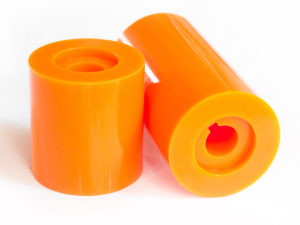 Bearings & Bushings
Bearings & Bushings
-
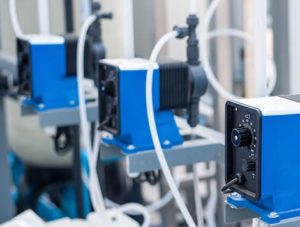 Chemical Processing
Chemical Processing
-
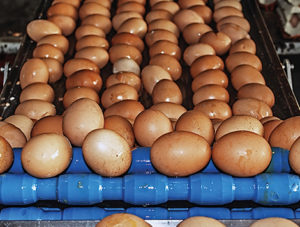 Food & Beverage Preparation/Processing
Food & Beverage Preparation/Processing
-
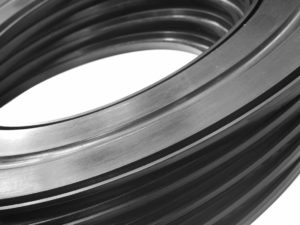 Gaskets & Seals
Gaskets & Seals
-
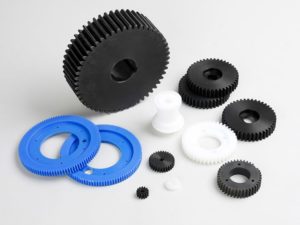 Gears
Gears
-
 Healthcare / Medical
Healthcare / Medical
-
 Heavy Equipment
Heavy Equipment
-
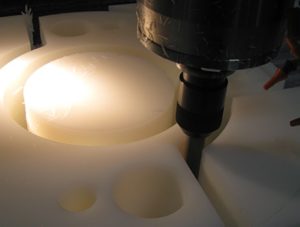 Machine Shops
Machine Shops
-
 Milling & Mining
Milling & Mining
-
 Oil & Gas
Oil & Gas
-
 Packaging & Conveying Equipment
Packaging & Conveying Equipment
-
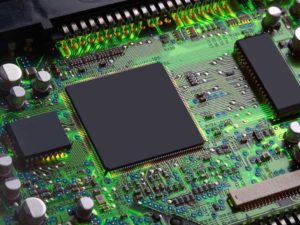 Semiconductors & Electronics
Semiconductors & Electronics
-
 Sterilization Trays
Sterilization Trays
-
 Thermoformers
Thermoformers
-
 Valves & Fittings
Valves & Fittings
Physical Properties
| Units | ASTM Test | PEI | |
|---|---|---|---|
| Tensile strength @ break @ 73°F | psi | D638 | 10700 – 15600 |
| Flexural modulus @ 73°F | psi | D790 | 16700 – 25700 |
| Izod impact (notched) | ft-lbs/in of notch | D256 | 0.38 – 1.4 |
| Water absorption @ 73°F – 24 hours | % | D570 | 0.25 – 0.27 |
| Coefficient of linear thermal expansion (CLTE) | (in/in F) | D696 | 3.0E-5 to 3.1E-5 |
| Coefficient of friction | D1894 | 0.23 – 0.30 | |
| Taber Abrasion Resistance | mg | D1044 | 9.25 – 10.7 |
| Deflection Temperature Under Load @ 264 psi | °F | D648 | 385 – 446 |
* Technical Data is provided courtesy of UL Prospector (www.ulprospector.com) and IAPD (www.IAPD.org).
Data is to be considered representative and is provided for guidance only. All product performance must be verified by the user under actual application conditions.
